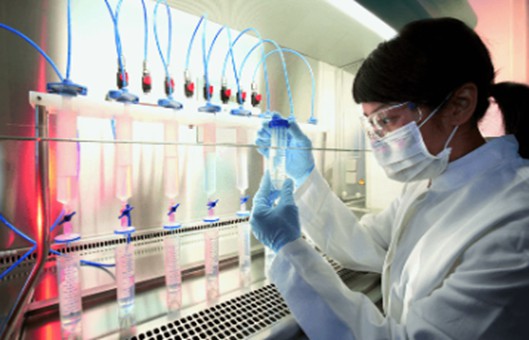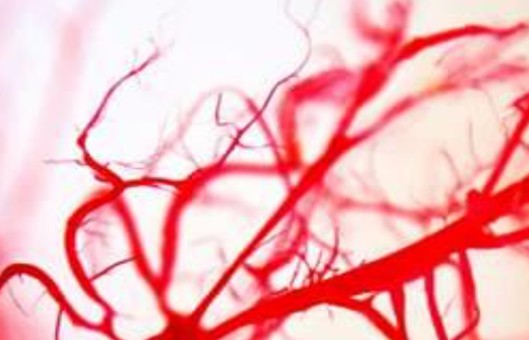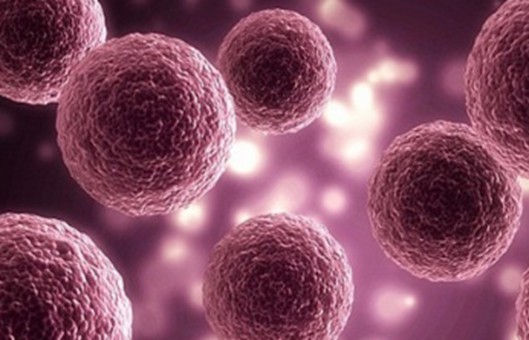Protocol for NK Cell Activity Assay by LDH Method
GUIDELINE
The cytoplasm of living cells contains LDH. Under normal conditions, LDH does not pass through the cell membrane and is released outside the cell when the cell is killed by NK cells. LDH dehydrogenates lithium lactate, which in turn reduces NAD to NADH, which is then reduced to iodonitrotetrazolium chloride (INT) by the hydrogen transporter phenazine dimethyl-sulfate (PMS), and INT receives H+ to be reduced to a purplish-red methylamine analog. Determined colorimetrically on an enzyme marker at 490 nm.
METHODS
- 5×10-2 mol/L lithium lactate, 6.6×10-4 mol/L nitro tetrazolium chloride (INT), 2.8×10-4 mol/L phenazine dimethyl ester sulfate (PMS), and 1.3×10-3 mol/L oxidized coenzyme I (NAD reagent) are dissolved in 0.2 mol/L Tris-HCl buffer (pH 8.2) to formulate the LDH substrate solution.
- The target cells (YAC-1) are passaged and cultured 24 hours before the experiment. The cells are washed 3 times with Hank's solution before application, and then the cell concentration is adjusted to 4×105 cells/mL with RPMI1640 complete culture solution.
- The spleen is taken aseptically and placed in a small flat dish containing an appropriate amount of sterile Hank's solution, and the spleen is gently ground with forceps to make a single-cell suspension. The spleen is filtered through a 200-mesh sieve, or ground with 4 layers of gauze, washed twice with Hank's solution, and centrifuged for 10 min (1000 r/min) each time.
- The supernatant is discarded to eject the cytoplasm, and 0.5 mL of sterilized water is added for 20 seconds to lysed erythrocytes before adding 0.5 mL of 2xHank's solution and 8 mL of Hank's solution, centrifuged at 1000 rpm for 10 min, and resuspended in 1 mL of RPMI1640 complete culture medium containing 10% calf serum. Diluted with 1% glacial acetic acid and counted (the number of viable cells should be above 95%), the number of viable cells is counted by staining with Formosan (should be above 95%), and finally the cell concentration is adjusted to 2×107 cells/mL with RPMI1640 complete culture solution.
- Take 100 μL each of the target cells and effector cells (50:1 ratio) and add them into U-type 96-well culture plates. Add 100 μL each of the target cells and culture medium to the wells for natural release of target cells, and add 100 μL each of target cells and 1% NP40 or 2.5% Triton to the wells for maximal release of target cells; set up three replicate wells for each of the above items, and incubate them for 4 h at 37°C with 5% CO2 in the incubator.
- Then centrifuge the 96-well plate at 1500 r/min for 5 min, put 100 μL of supernatant into a flat-bottomed 96-well plate, add 100 μL of LDH substrate solution at the same time, and then react for 3 min. Add 30 μL of 1 mol/L HCl to each well, and then measure the optical density (OD) value at 490 nm in the enzyme marker.
Creative Bioarray Relevant Recommendations
- Creative Bioarray is capable of providing various options for cell viability assays and compound profiling services based on cell viability. We also offer cell viability-related kits such as the Calcein AM Cell Viability Assay Kit, Live/Dead Cell Viability Assay Kit, Cell Viability Fluorometric Assay Kit, and others.
NOTES
- Target and effector cells must be fresh and cell viability should be greater than 95%.
- The ambient temperature should be kept constant during colorimetry.
- LDH matrix solution should be prepared before use.
- Within a certain range, NK cell activity is proportional to the effector-target ratio. Generally, the efficiency-target ratio should not exceed 100.


